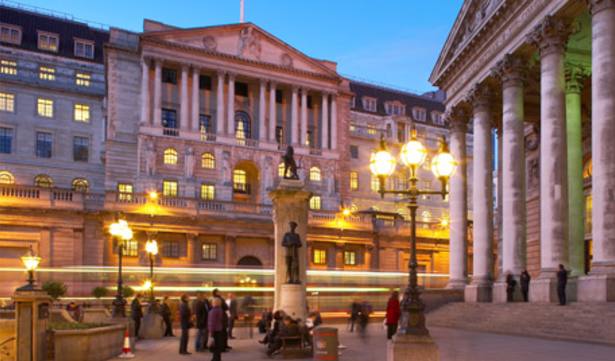
Fixed income has had a very good run. Some believe we are close to the tail end of a 20-plus year bull run for the asset class that has been aided in no small way by central banks buying up both government and corporate bonds as part of their quantitative easing (QE) programmes.
With interest rates and bond yields at historical lows, bonds have provided investors with strong capital gains. But as we move into an environment where the US Federal Reserve has started to raise rates in response to rising inflation expectations – and signalled three further rises this year – the easy one-way ride in fixed income could be coming to an end.
CME Group’s FedWatch Tool, based on 30-day US Federal Reserve Fund futures prices, is used to express the market’s views on the likelihood of changes in US monetary policy. At the time of writing, the tool ascribes a 68 per cent probability to the interest rate remaining on hold at the Fed’s March 15 meeting. By the end of 2017, the highest probability scenario is for two rate rises from now.
In the UK, the interest rate remains at a record low of 0.25 per cent, having been cut last August, and looks unlikely to change over the course of 2017. While UK inflation hovered in the 0.3 per cent to 0.6 per cent range for much of last year, September saw an uptick to 1 per cent and by December that figure was 1.6 per cent. Expectations are for inflation to continue to creep upwards this year, which will be a negative for fixed income investors.
A controlled rise in interest rates in the US, albeit from a historically low base, and potentially the UK in the medium term, together with an increase in inflation, would be a positive for the wider financial environment.
We do not expect a major correction; a more likely scenario is that interest rates will return to their long-term average of 5 per cent over a period of five years or more. This gradual rise would, though, provide a difficult backdrop for bond markets. Prices of bonds often move ahead of news, so when any news is announced bond markets have usually already reacted.
Fixed income continues to be an important diversifier for portfolios. Any investor who holds a balanced portfolio, or an individual fund with a multi-asset or balanced mandate, is likely to have at least some exposure to the asset class. Pension funds in particular rely on the more predictable characteristics of fixed income investments in order to match their liabilities.
In the US, there are moves by the Trump administration to give tax breaks to multinational companies such as Apple, which will allow them to repatriate cash assets currently held offshore. If this does happen, these companies will no longer need to issue debt and bond issuance is likely to reduce significantly. Nevertheless, corporate health, both in the US and the UK, is expected to remain high as growth projections and the positive impact of Donald Trump and Theresa May’s infrastructure plans feed through.






